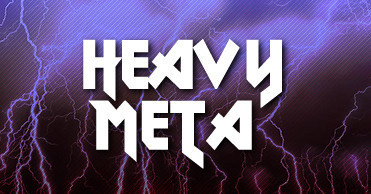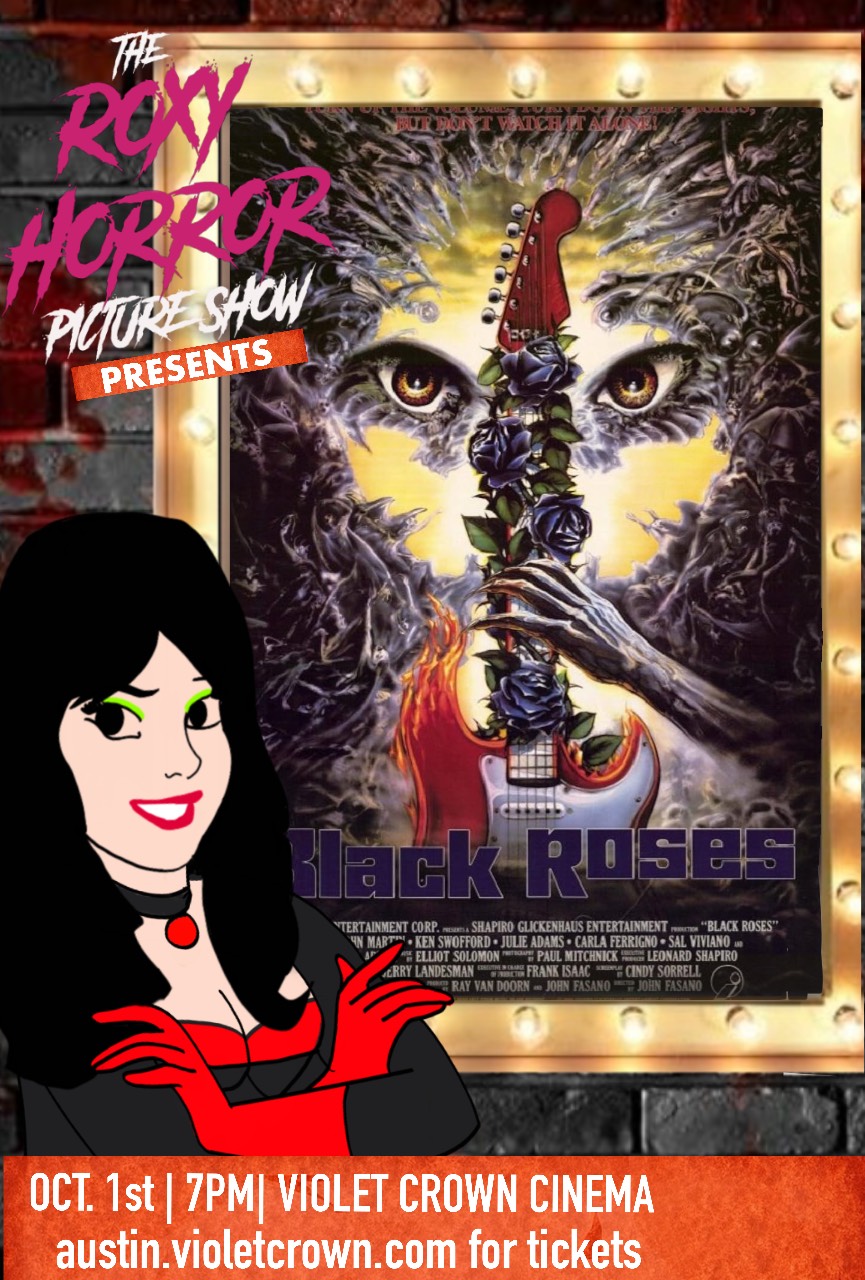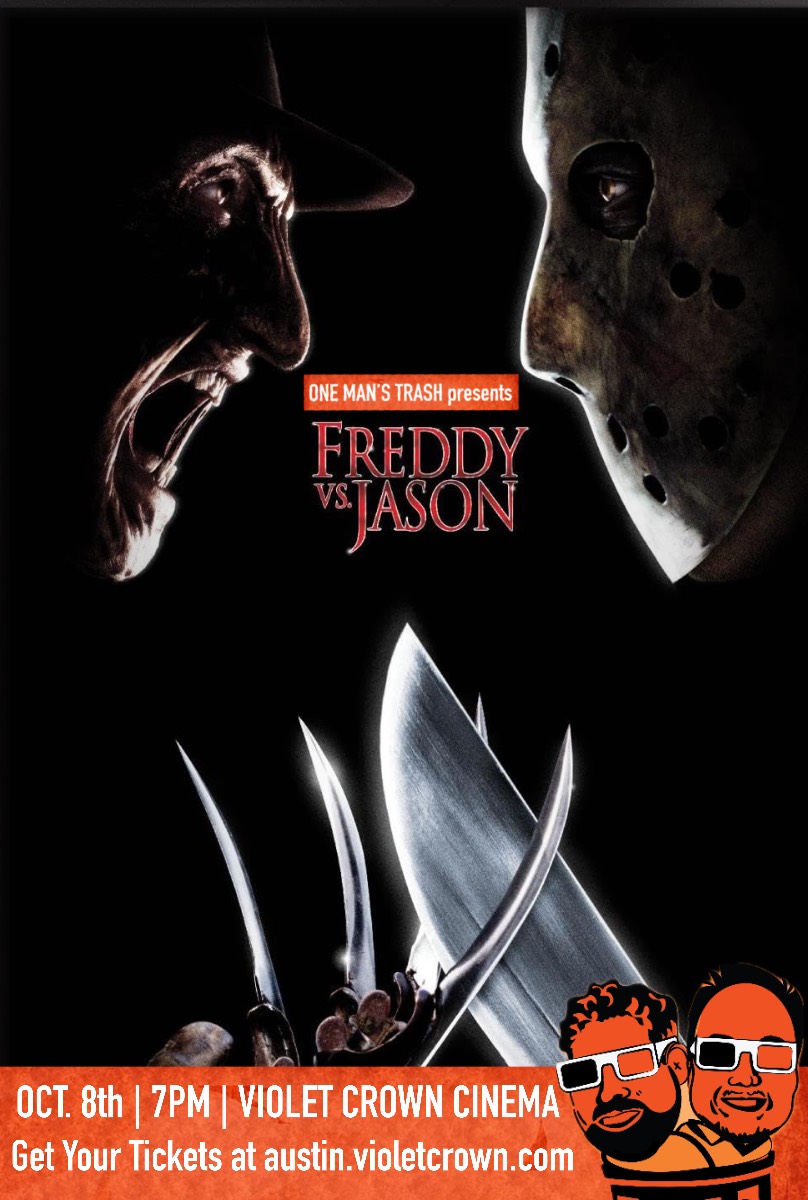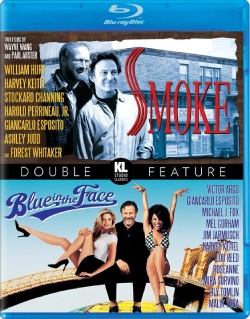Vince puts on his ancient philosophy hat (it’s a theoretical hat) in this week’s Heavy Meta, investigating how re-thinking how we conceptualize masculinity and femininity can help us write better characters. Check it out!
These days, the Internet is awash with debates over characters and gender roles, particularly when it comes to the portrayal of female characters. There has been outcry from fan communities for women to have more fully realized portrayals in our favorite sci-fi/fantasy media, and in particular in things like comic books and video games (a reasonable enough request).
The problem: No one seems to know what exactly would make female characters “better.” As sociologist Lisa Wade recently brought up on the Sex Nerd Sandra podcast, North American culture is quite “androcentric”; we tend to value things and traits considered masculine over those considered feminine. We’re excited when our little girls want to rough-house with the boys and play with dump trucks, but far less so when little boys want to wear dresses and bake. With respect to characters, this has led to a sort of masculinization of women to be more assertive, stoic, and to kick exponentially more ass (largely a reaction to being mostly passive, non-characters in previous decades).
This has led to them moving into spaces and roles traditionally occupied by men. While having female role models who ‘don’t need no man’ is awesome, creators like Joss Whedon have been criticized for writing characters who are essentially “dudes with boobs”, for whom if you swapped out the main lead with a man, it would make little difference in the story. The problem with this is that it continues to de-value feminine identity. The message that comes through is “women can be liberated… as along as they become more like men.” Wade also made a great point by noting that this attitude also negatively affects men, shaming them if they decide to take on “feminine” traits.
Unsurprisingly, art imitates this life, where our ideas of ‘femininity’ and ‘masculinity’ is bootstrapped to gender roles and identity. As well as squeezing the identities of diverse individuals into tiny, uncomfortable boxes, this grievously wounds our ability to populate our fictional worlds with vibrant, unique casts of characters. In the way we currently think of masculinity/femininity, we become obsessed with how a character can be categorized according to the cramped dynamic, regardless of their defining traits. This subjugates the question of whether or not this character is a complex, interesting person to the question of, “Does this man/woman fit the archetype that people expect? If not, why?”
Instead of thinking of the masculine and feminine as derived from gender, what would happen if we flip the script? What if we considered gender as a singular instance of expression, derived from a more abstract ideal?
https://www.youtube.com/watch?v=EMZponXbUj0
Okay, granted. But… bear with me here.
I think switching our perspective in this way can free us up both socio-politically and creatively, so that we writers can populate our worlds with a vast array of personalities without worrying about getting accused of pandering or stereotyping . First things first, though: to do this, we have to take a few cues from the mack-daddy of philosophy himself.
Strictly Platonic

Every freshman philosophy student gets at least a passing introduction to Plato; the man often credited with bringing philosophical thought to the Western world. Plato had a ton of far-reaching ideas, none moreso than his conceptualization of what he called ‘Forms.’ Essentially, he posited that the world we lived in was an imperfect expression of a higher plane. It was on this higher plane that we would find the original, Ideal form of the concepts we use every day. There’s a good chance that when your pothead friend was confronting you with, “We know what’s beautiful, but what IS beauty (MAAAAAANNNNN)?” he was cribbing a few lines from Plato.
The basic idea is that, in the world, we have a bunch of different expressions of beauty.. Regardless of the WIDE variation in characteristics, you can recognize that something possesses beauty when you see it, and Plato posited that this was because people were born with an innate ideal concept of the Ideal, Original Beauty, and we can identify the expression of that Ideal, regardless of dilution or variation, in what we see every day.
The idea of this being an actuality of how “the world works” isn’t without its critics (I’m not exactly sold on it, myself), but when we apply this idea of aesthetic Ideals to masculinity and femininity (here forth abbreviated M/F, for brevity), things get interesting.
I think that instead of thinking of M/F traits as originating in, and therefore belonging to, a certain gender, thinking of genders (and gender identities) as specific instances derived from an abstract, aesthetic Form could be a great way to remove so many of the expectations (and therefore, limitations) we have of characters from the moment we fill in the little box labeled “Sex.”
It might help to have an example. If we, say, think of masculinity as having an ideal form, it ceases to be something that “belongs” to men. Things like assertiveness, stoicism, independence, etc, become just more instances of expression derived from that ideal (the male gender as a whole being listed among them). We recognize those traits because of this abstract idea of masculinity that we each have in the same way that we recognize beauty even though we don’t have a concrete idea of what the Origin of Beauty would look like. Likewise, we don’t necessarily know what would comprise an Original Masculine, but that lack of a concrete picture is what frees us to explore what kinds of forms masculinity can take without worrying about the forms it ‘should’ take, who should or shouldn’t be expressing it, etc.
Thinking this way, men can be caring, gentle, and nurturing (or women independent, assertive, leaders) without having to consider the possibility of looking ‘wrong’ or ‘less than’ for not having the sufficient number of boxes ticked in the gender role bingo card they were issued with their genitals. However, there does remain the question of what constitutes a masculine or feminine trait in the first place, and for that we’ll head to China for a chat with Lao Tzu.
Push & Pull: Lessons from Taoism

Aside from being a great tattoo compliment if you’re going to sport dreadlocks, the above symbol represents one of the most integral principles in Taoism. It’s one of the more difficult concepts to explain, but I’ll do my best.
The philosophical school of Taoism originated in China, partially as a reaction to the very hierarchical and structured ideals of Confucianism. In contrast to dividing people into classes and roles, Taoism (particularly the version taught by Lao Tzu in the Tao Te Ching), emphasized the idea that enlightenment came through the realization of the oneness of all things, and living one’s life in accordance with that harmoniousness.
The Yin-Yang symbol pictured above represents that every concept we can conceive of is only possible through the existence of its complimentary opposite. Light is defined by dark, push by pull, creation by destruction, and so on. A good way to understand this idea that everything is defined by what lies outside its own definition is by looking at the practice of Negative Space in art. Check out the picture below, which depicts a classic optical illusion that most of us came across in elementary school: the two faces and the vase.
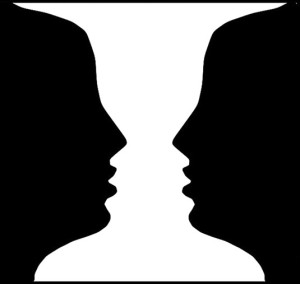 The typical interpretation of the picture asks whether you see the faces or the vase, but consider instead the possibility that both are equally real simultaneously, each given form by the lines that create the other. Though this is a visual example, you can probably see how this idea can translate to the relationship between M/F concepts. In fact, Lao Tzu has a lot to say about the virtues of “pursuing the feminine”, which in Taoism is equated with all things involving growth, creation, nurturing, and even life itself.
The typical interpretation of the picture asks whether you see the faces or the vase, but consider instead the possibility that both are equally real simultaneously, each given form by the lines that create the other. Though this is a visual example, you can probably see how this idea can translate to the relationship between M/F concepts. In fact, Lao Tzu has a lot to say about the virtues of “pursuing the feminine”, which in Taoism is equated with all things involving growth, creation, nurturing, and even life itself.
If we were still thinking of M/F as being derived from gender, this might be cause for concern over stereotyping all women as “motherly, nurturing creatures.”
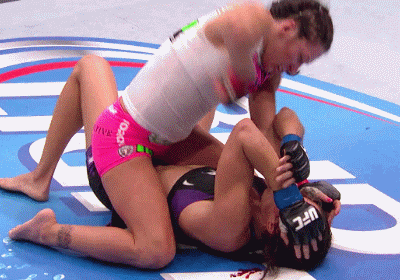
But if we use the definition we just set down in the previous sextion of M/F as an abstract, aesthetic concept, it sucks the wind out of the sails of this threat by turning the relation between females and the feminine into nothing more than a linguistic coincidence.
This, combined with adopting the Taoism idea of masculine and feminine as a global concept (encompassing everything that exists, including being and nothingness itself), further loosens the chains shackling our ideas of M/F to our biases concerning traditional gender roles.
In diluting that connection, it once again gives us the creative freedom to express non-traditional combinations of traits within character without being bogged down by the old ball & chain of what men, women, and everyone in between are ‘supposed’ to typically embody. When we do that, hopefully the after-effect is that people see those characters, and as we come full circle with life imitating art, they, too, can finally be free to live outside those obligations.
Vince Smith is a writer, podcast host, and dyed-in-the-wool geek of all trades. You can check out other articles and videos by him over at The Rogues’ Gallery, or drop by his Facebook Page, Vincent Smith: Writer, Scholar, Gentleman for other musings from the catacombs of the Internet.
-Written by Vincent Mendoza
1. Not that I think pandering is always a bad thing…

